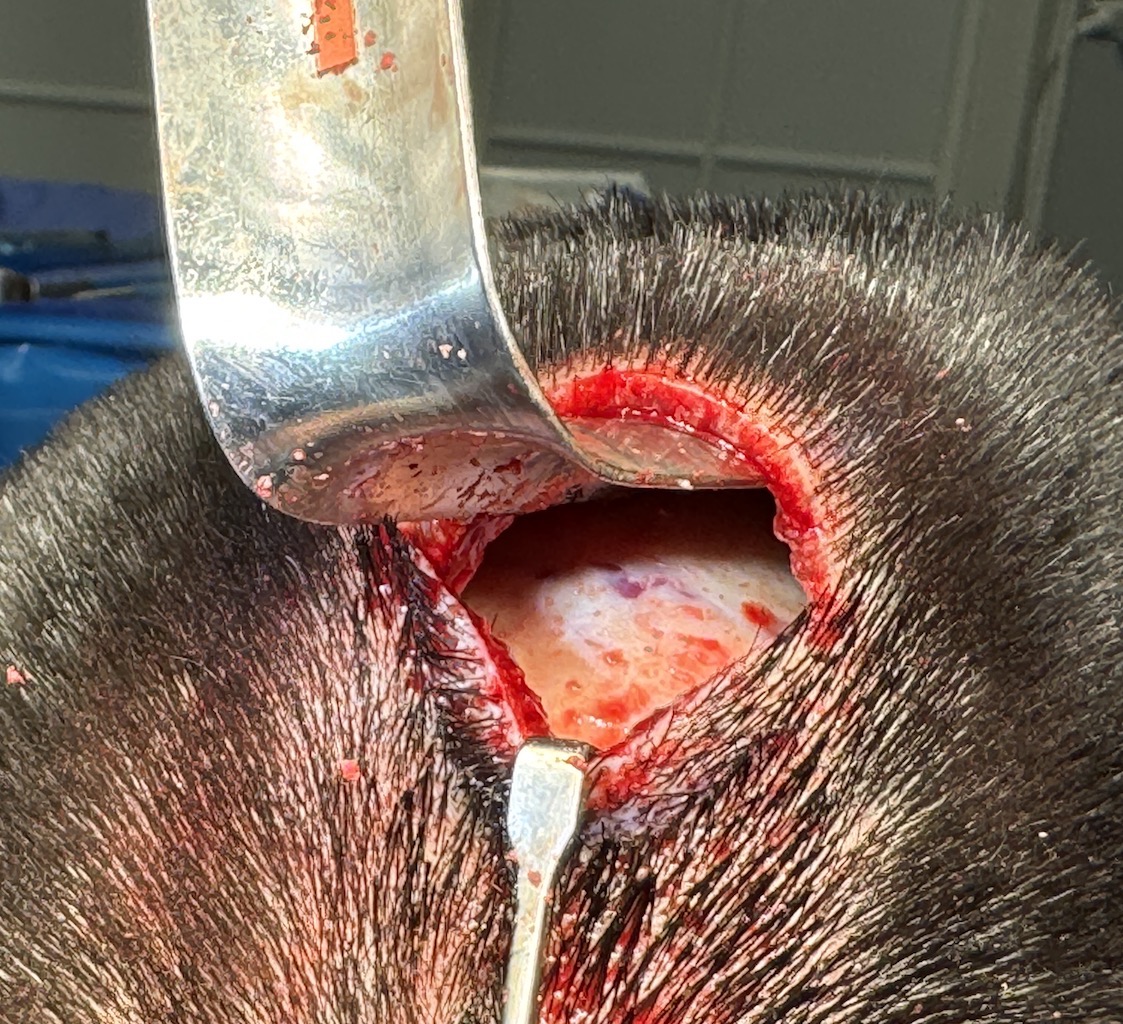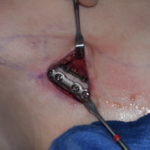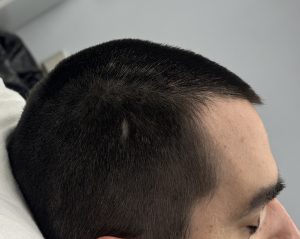Background: A high or prominent sagittal crest is a common aesthetic skull shape concern. Theoretically it can appear anywhere along the length of the congenital sagittal suture line from the bregma anteriorly to the lambda posteriorly. But in all cases I have ever seen it occurs from the bregma back to the crown of the skull but never further down to the lambda. Thus the sagittal crest is really limited to the top of the head,
Even being restricted to the top of the head the sagittal crest can be divided into an anterior and posterior sagittal crest based on where it is located. Some are closer to the bregma (anterior crest) while others are more posterior closer to the crown of the head. But regardless of its location the key to a successful reduction is the thickness of the bone. In most cases the sagittal crest, because it originates along the suture line, occurs because the bone is thicker. But in most cases it is important to evaluate the thickness of the sagittal crest with a CT scan beforehand to make sure that a satisfactory reduction can be safely achieved.
A safe and satisfactory sagittal crest reduction is based on removal of the outer cortical bone layer down close to but not into the diploic space. The diploic space, while very thin, is a medullary cavity that contains a rich vascular network that connects directly to the dural venous sinuses. As a result it is obviously prudent to stay out of it. Most of the time it is just a medullary cavity but occasionally one find a large diploid vein.
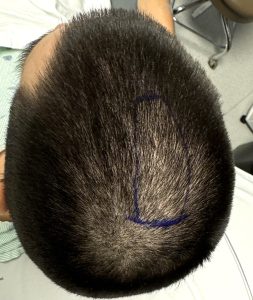
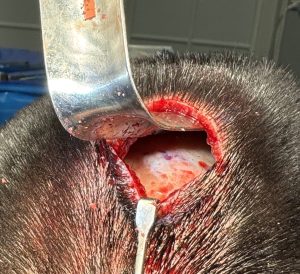
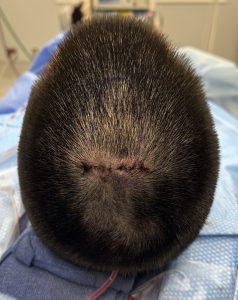
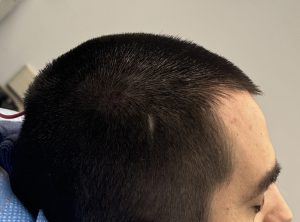
Diploic veins are a network of valveless veins that lie between the outer and inner skull layers that provide venous drainage of the bone into the underlying dural sinus. They have been described in numerous patterns throughout the diploic space but the one thing these descriptions share is that they emanate largely around the periphery of the skull at the forehead, occipital and temporal regions. They connect and cross on the top of the skull but I have rarely seen them in sagittal crest reductions. In this case the large diploid vein was seen at the apex of the crest which provided visual evidence of when to stop the reduction.
Key Points:
1) A prominent sagittal crest is a common aesthetic skull shape concern for which a burring reduction technique its usually effective.
2) Almost all high sagittal crests are due to a greater thickness of bone than normal.
3) The presence of a prominent diploic vein will limit how much sagittal crest skull reduction can be achieved.
Dr. Barry Eppley
World-Renowned Plastic Surgeon

